Mako sharks are also known as “blue pointers,” and “bonitos.” People also refer to both shortfin and longfin mako sharks as just “mako” sharks. These sharks are the fastest swimming sharks, and can reach speeds of 42 miles per hour in short bursts! This extreme speed makes them impressive predators of a variety of species. Read on to learn about the mako shark.
Description of the Mako Shark
These creatures are relatively large sharks, and usually measure around 10 ft. on average. Female mako sharks are larger than males. Like most sharks, they have a torpedo-shaped body, helping them remain hydrodynamic.
Their skin is bright blue on their back, and white on their underside. This coloration is called countershading, and helps them blend in with the ocean around them.
Interesting Facts About the Mako Shark
These speedy sharks are impressive animals. However, their amazing swimming speed is not the only interesting thing about them! Learn more about this species below.
- Warm Blood – Even though they are not mammals, these sharks are actually warm-blooded. They are endothermic, which means that they can maintain their body temperature regardless of the environment around them. Their close relative, the great white shark, also shares this trait.
- Super Swimmer – Though they can only reach their peak speed in short bursts, this species also has an incredibly fast constant speed. They can maintain speeds of 21 miles per hour for long periods. Unsurprisingly, scientists have recorded some individuals traveling up to 1,200 miles in a single month!
- Oophagous – While mako shark pups are in the uterus, they will feed on unfertilized eggs. This is called oophagy. This gives the pups an upper hand (or upper fin) in development. Once they are born, they are larger and stronger.
Habitat of the Mako Shark
This shark species prefers living offshore, in temperate, tropical, or subtropical waters. They are pelagic, which means that they live in the open ocean. These creatures live anywhere from the surface to approximately 500 ft. deep.
Because they are endothermic, they can live in colder waters than some other shark species. However, they do prefer warmer waters to colder waters, and do not live in the extreme colds of the Arctic and Antarctic.
Distribution of the Mako Shark
These sharks roam virtually worldwide, with the exception of the poles. They live in pretty much any ocean that is warm enough. In the Atlantic Ocean, populations can reside from South America to Canada, and from Europe to South Africa.
In the Pacific, they can dwell in waters from southern Canada to South America, and from Russia to Australia. They also spread into the Indian Ocean, all the way to the eastern coast of Africa.
Diet of the Mako Shark
The primary prey of this species is fish and squid. They will eat mackerel, swordfish, tuna, bonito, and other fish species. While it is less common, they will also feed on sea birds, other sharks, sea turtles, and small porpoises.
Because they are such fast creatures, they have a higher metabolism, and must feed more frequently. To survive, they must eat 3% of their body weight. For a 150 lbs. shark, that’s approximately 4.5 lbs. of fish per day.
Mako Shark and Human Interaction
These sharks rarely interact with humans and, when they do interact, the sharks do not view people as a prey source. The vast majority of attacks occur when the shark becomes caught on a fishing line, or is otherwise provoked.
Unfortunately, humans target them for both sport and commercial fishing. They also accidentally capture them in nets set for other fish. Because of these factors, the IUCN has listed them has Vulnerable.
Domestication
Humans have not domesticated mako sharks in any way.
Does the Mako Shark Make a Good Pet
No, mako sharks do not make good pets. They are large animals, and housing them in an aquarium would be extremely costly. They are also long-distance swimmers and cannot survive in an aquarium setting.
Mako Shark Care
Humans do not know very much about the care of mako sharks. As with many pelagic species, it is difficult to house them in an aquarium setting. The primary danger to the shark is impact with the sides of the tank. They are fast swimmers, and this trauma can be incredibly dangerous. Because of this, aquariums have not kept them successfully.
Behavior of the Mako Shark
These sharks are usually solitary creatures, and can be highly migratory. They will swim long distances to move from food source to food source. Generally speaking, they spend most of their time swimming about searching, for potential prey or looking for a mate.
Reproduction of the Mako Shark
This species is ovoviviparous, which means that they develop their eggs inside the uterus. The eggs hatch while inside the shark, and the young continue to develop and feed on unfertilized eggs.
The gestation period can range anywhere from 15 months to 18 months. The young sharks, called pups, are born in late winter or early spring. Female mako sharks give birth to between 4 and 18 pups, and breed every three years.

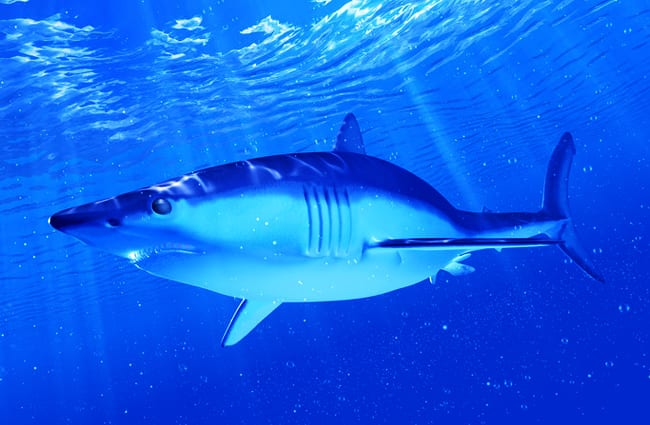
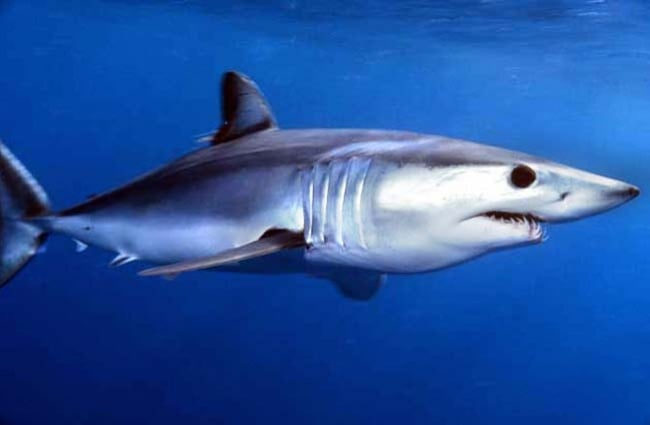

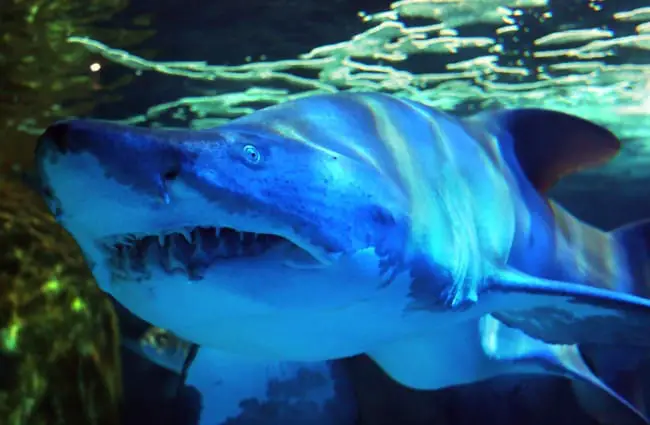
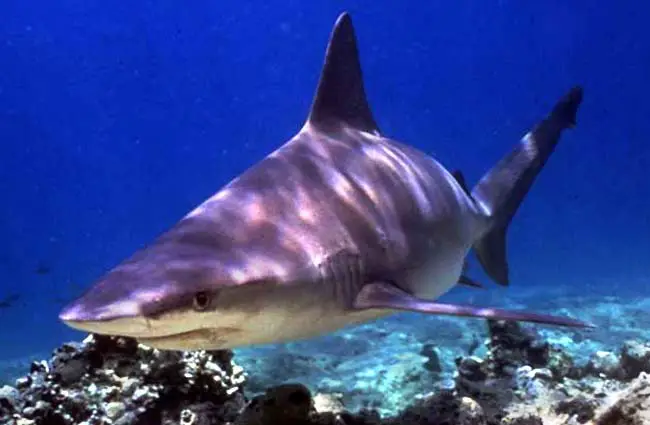




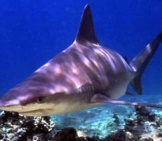
![Red Angus Closeup of a beautiful Red Angus cowPhoto by: U.S. Department of Agriculture [pubic domain]https://creativecommons.org/licenses/by/2.0/](https://animals.net/wp-content/uploads/2020/03/Red-Angus-4-238x178.jpg)












![Red Angus Closeup of a beautiful Red Angus cowPhoto by: U.S. Department of Agriculture [pubic domain]https://creativecommons.org/licenses/by/2.0/](https://animals.net/wp-content/uploads/2020/03/Red-Angus-4-100x75.jpg)

